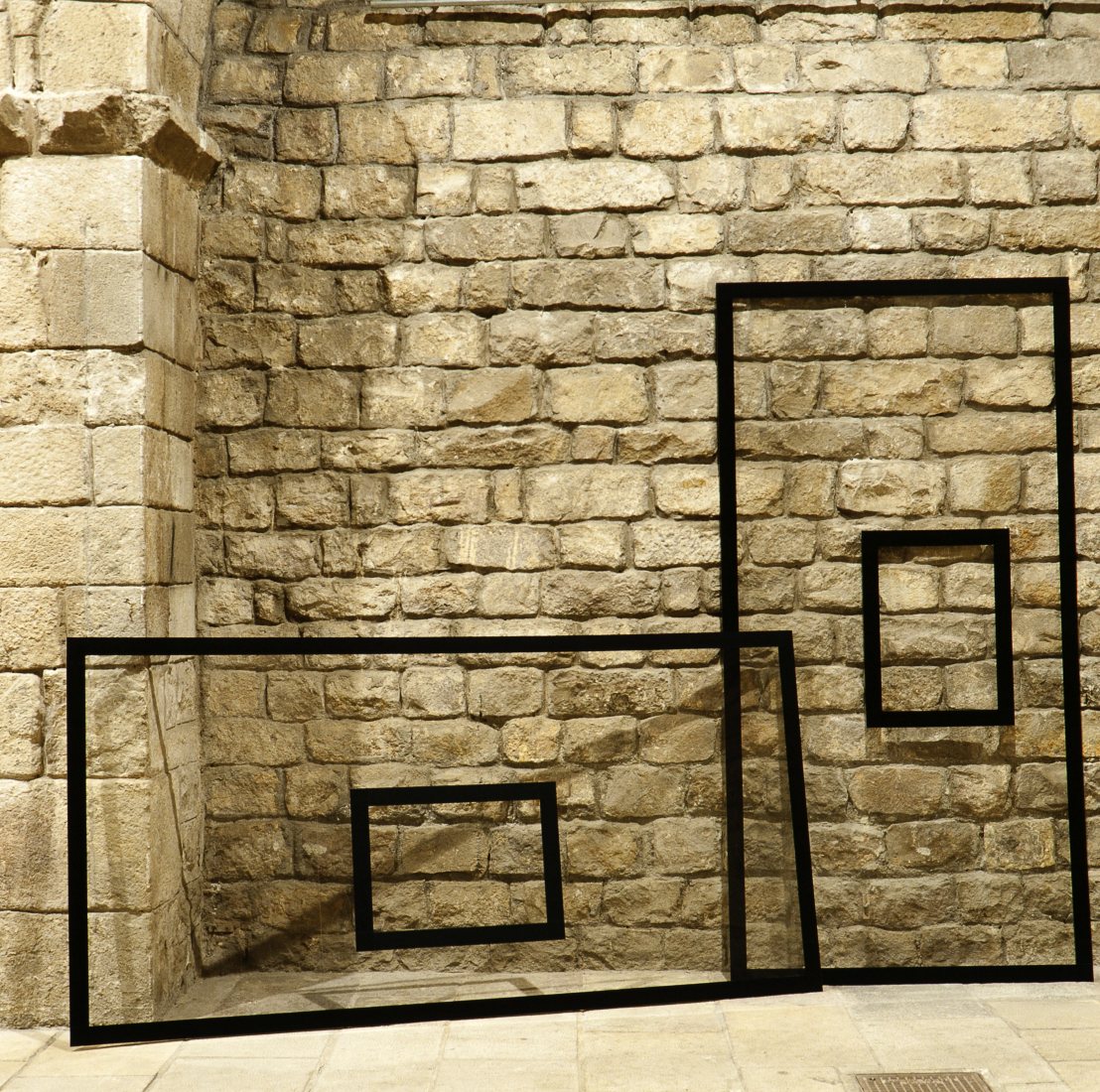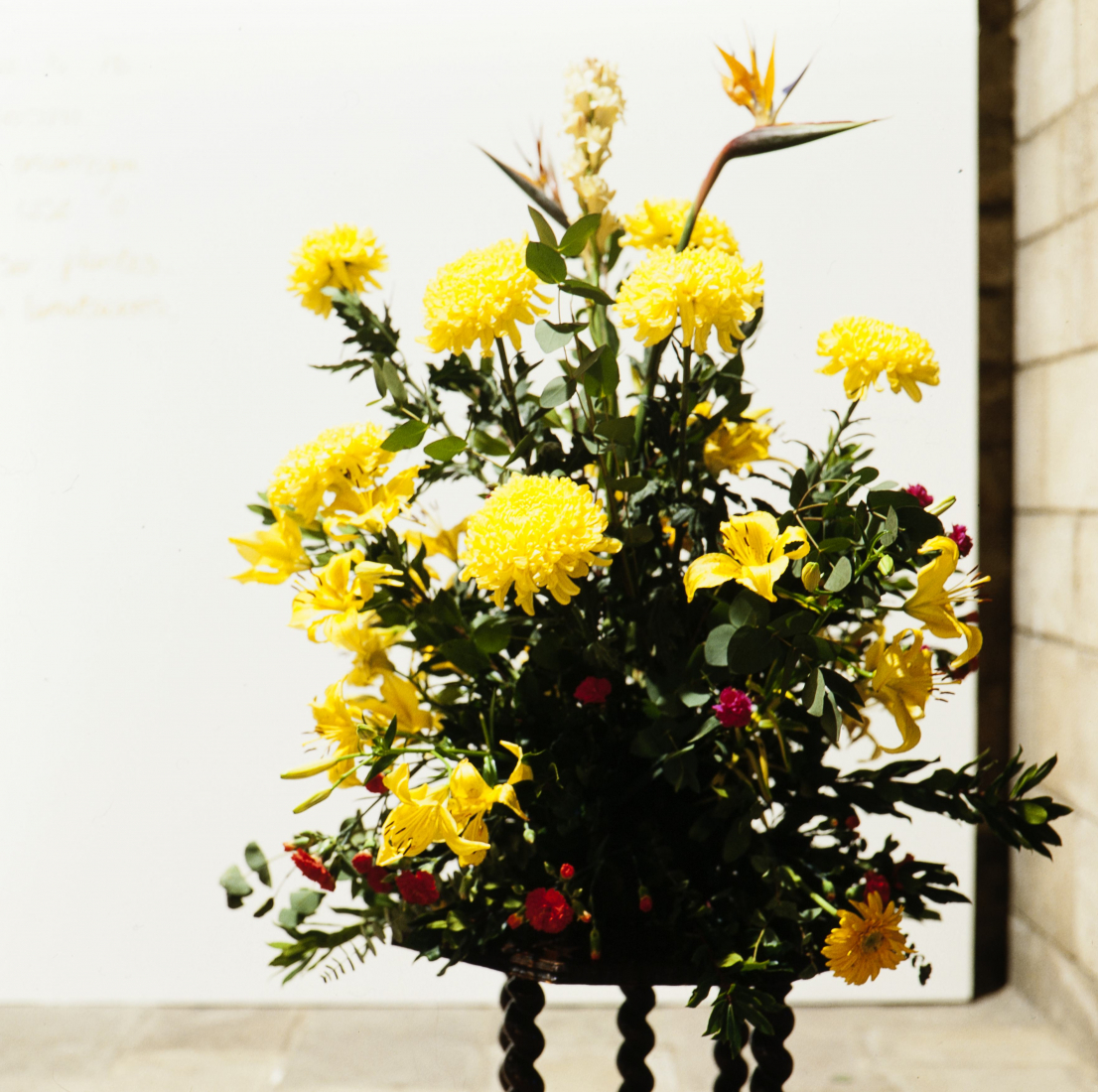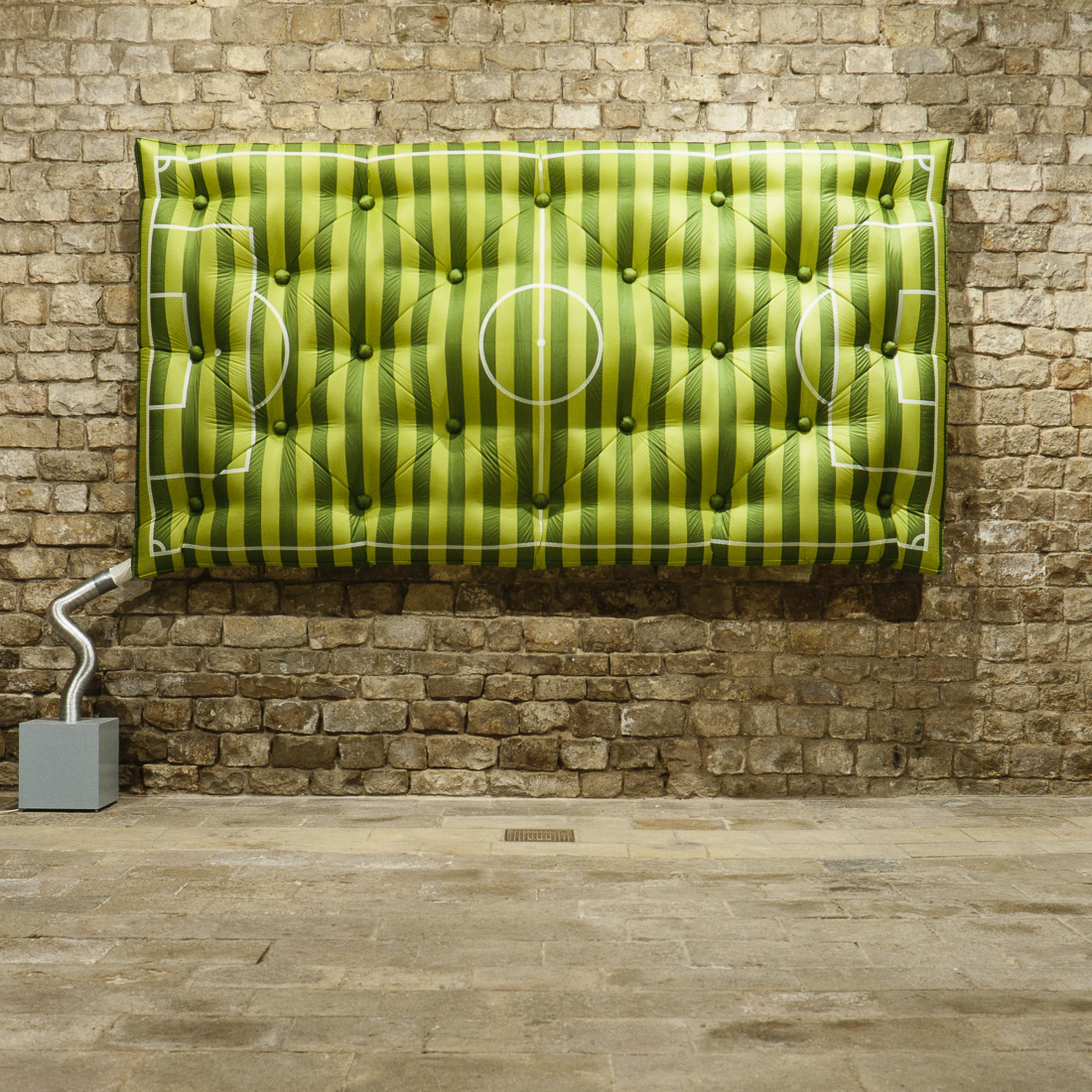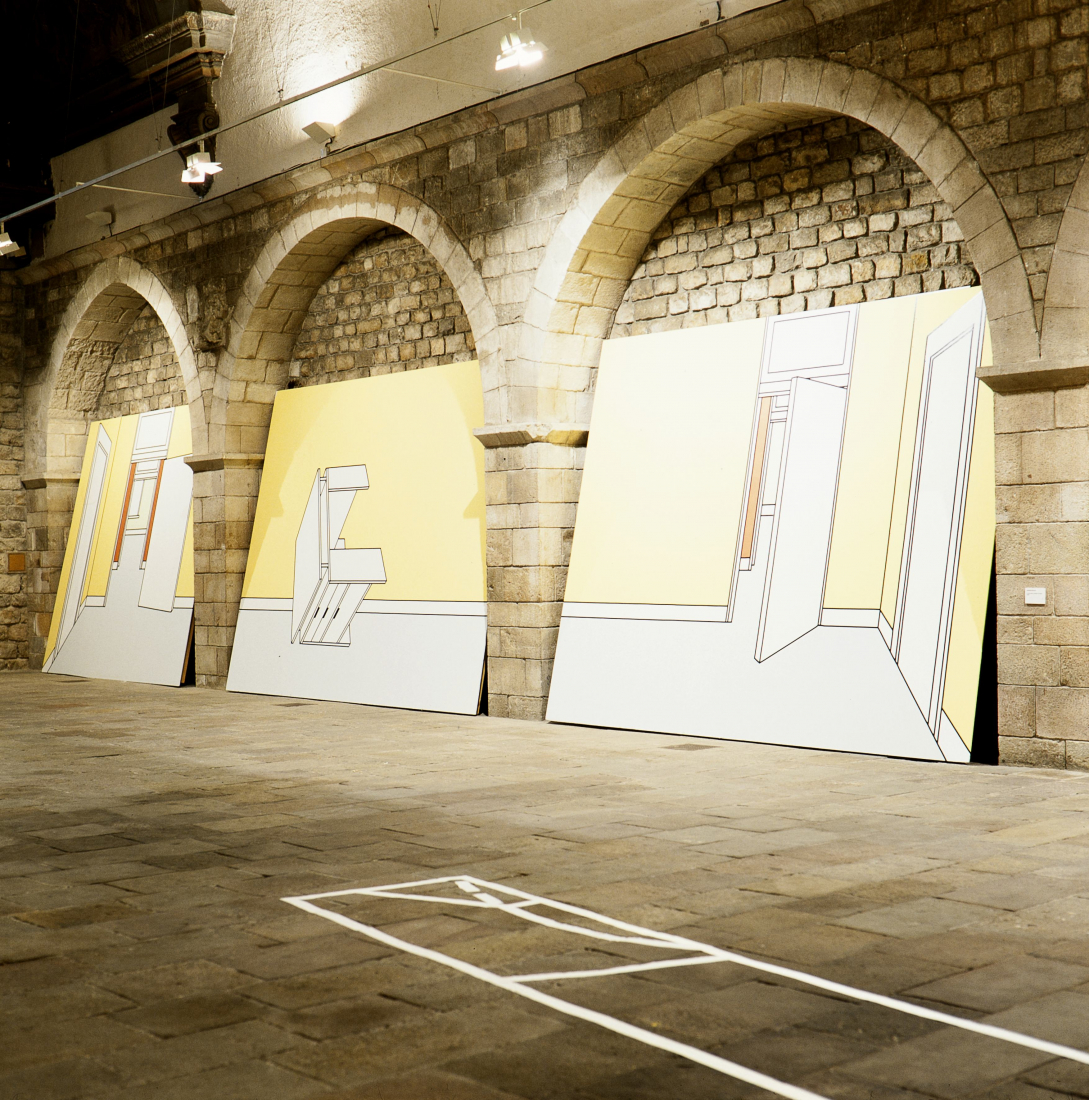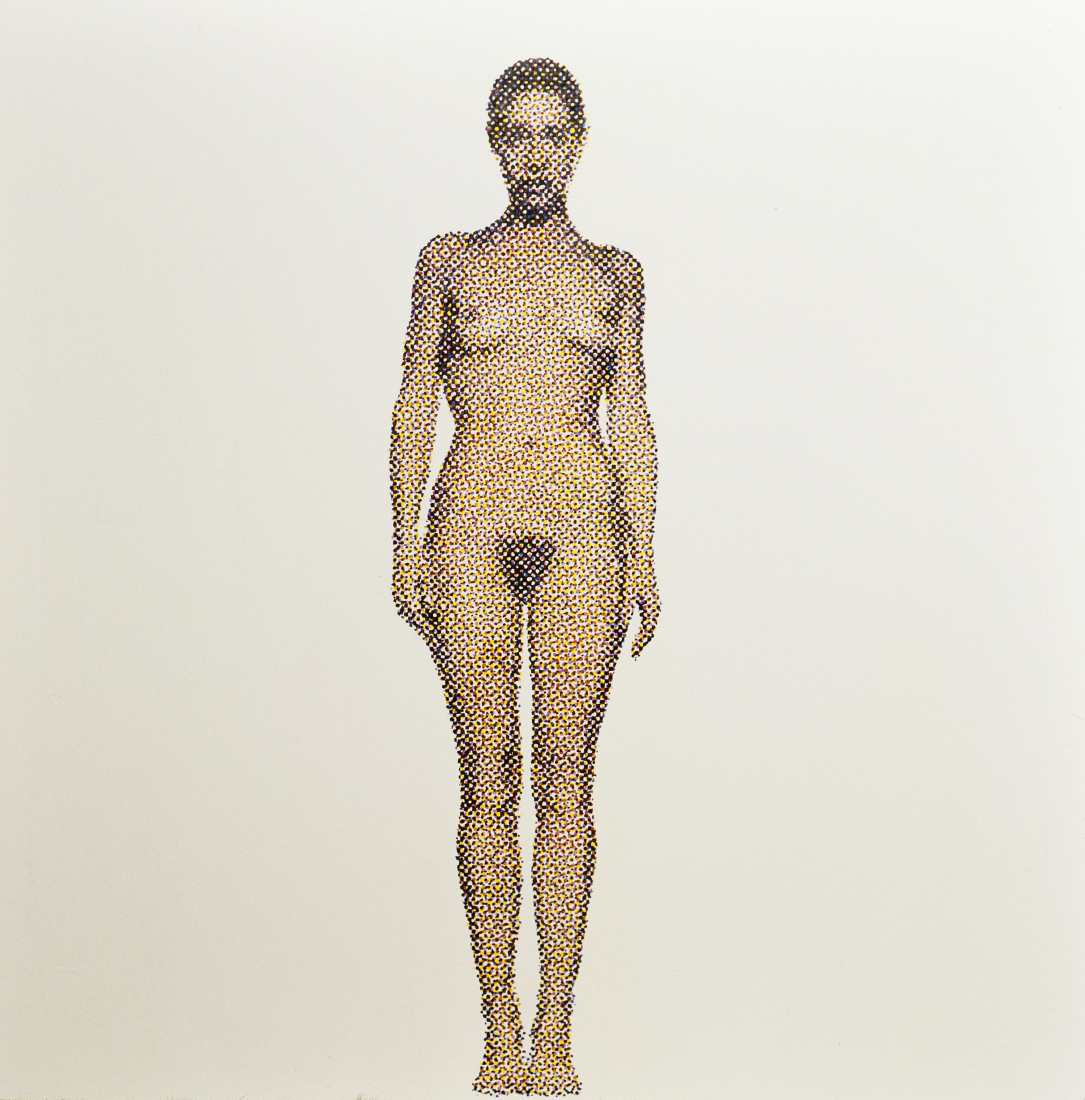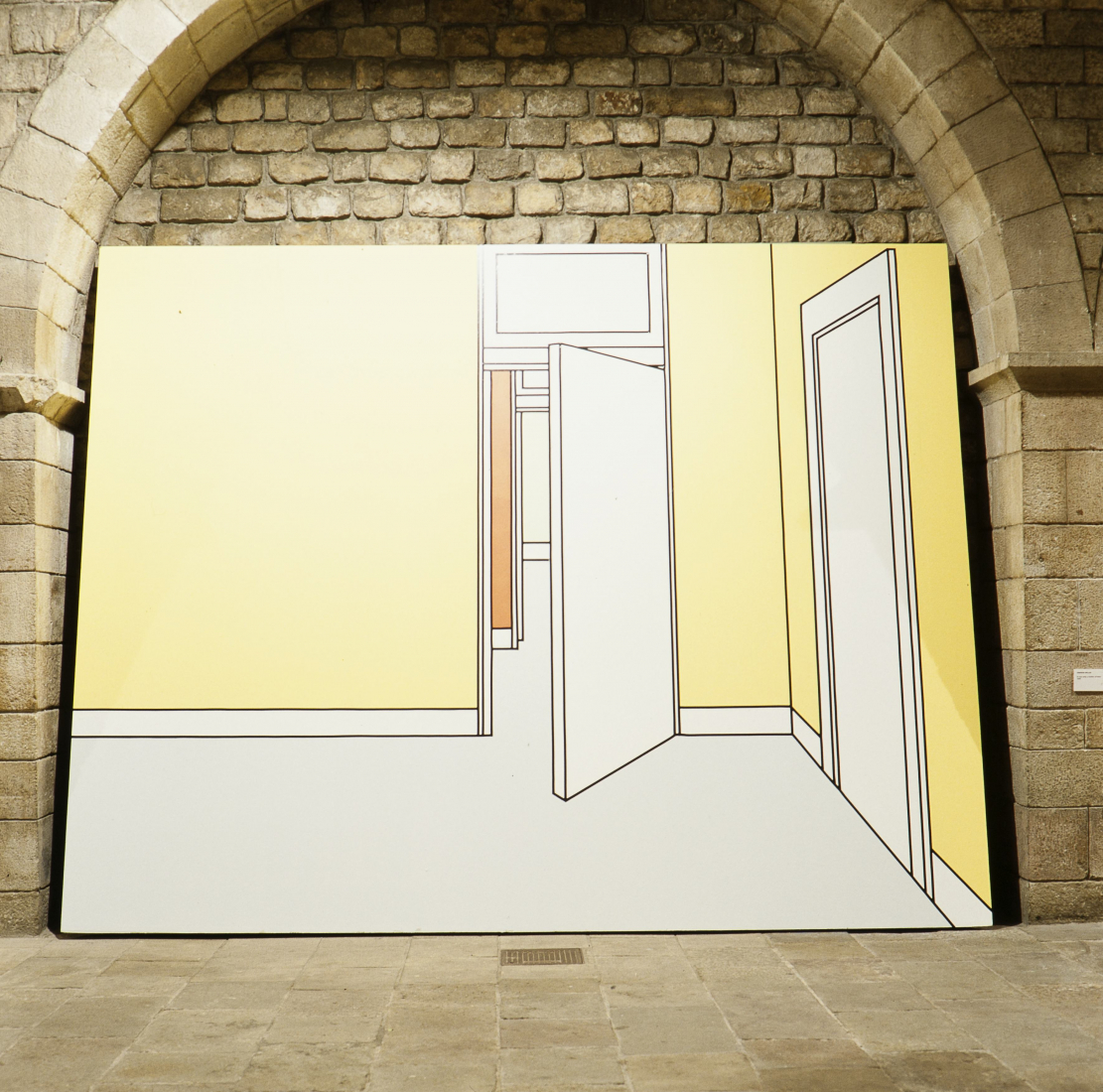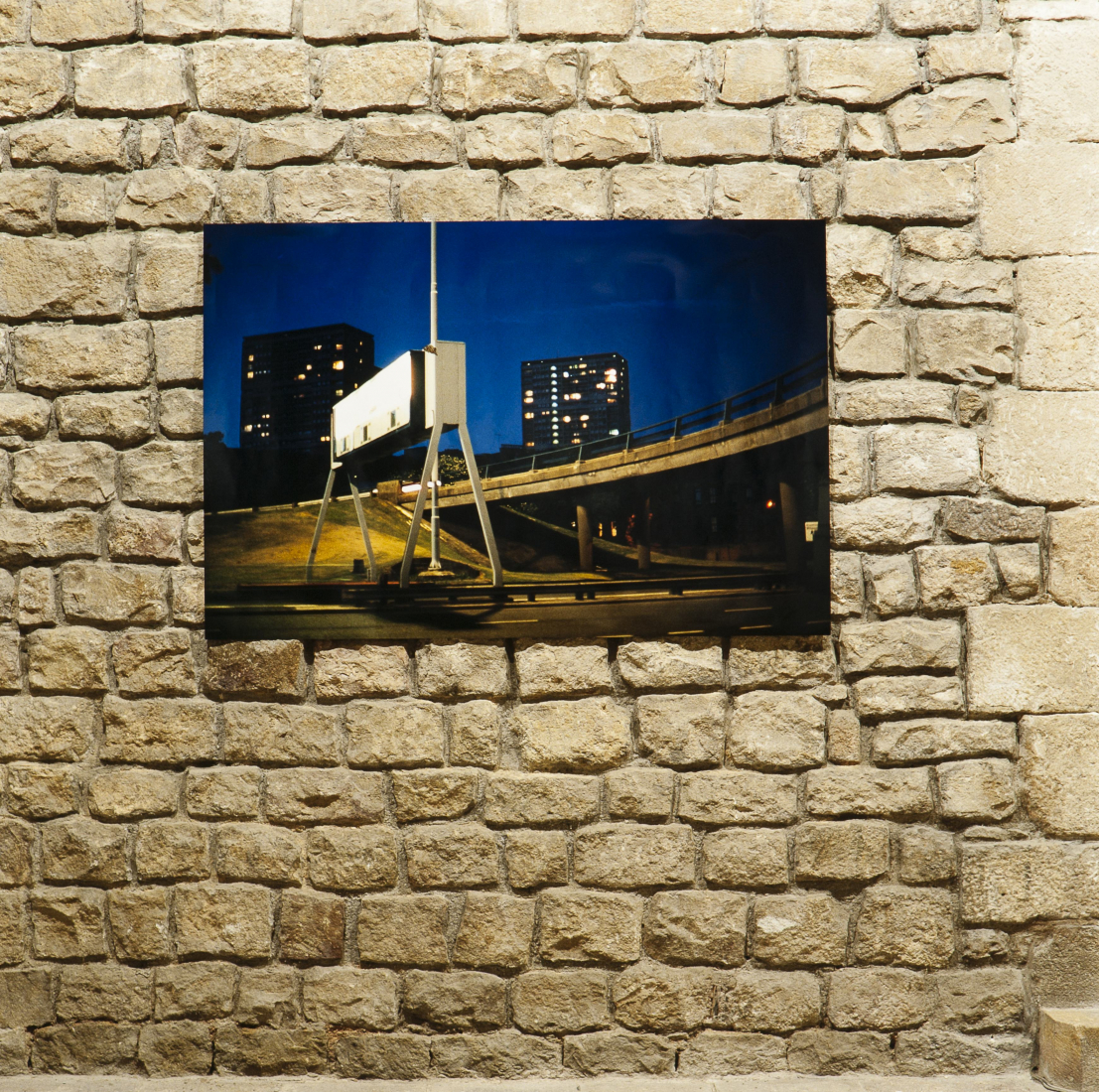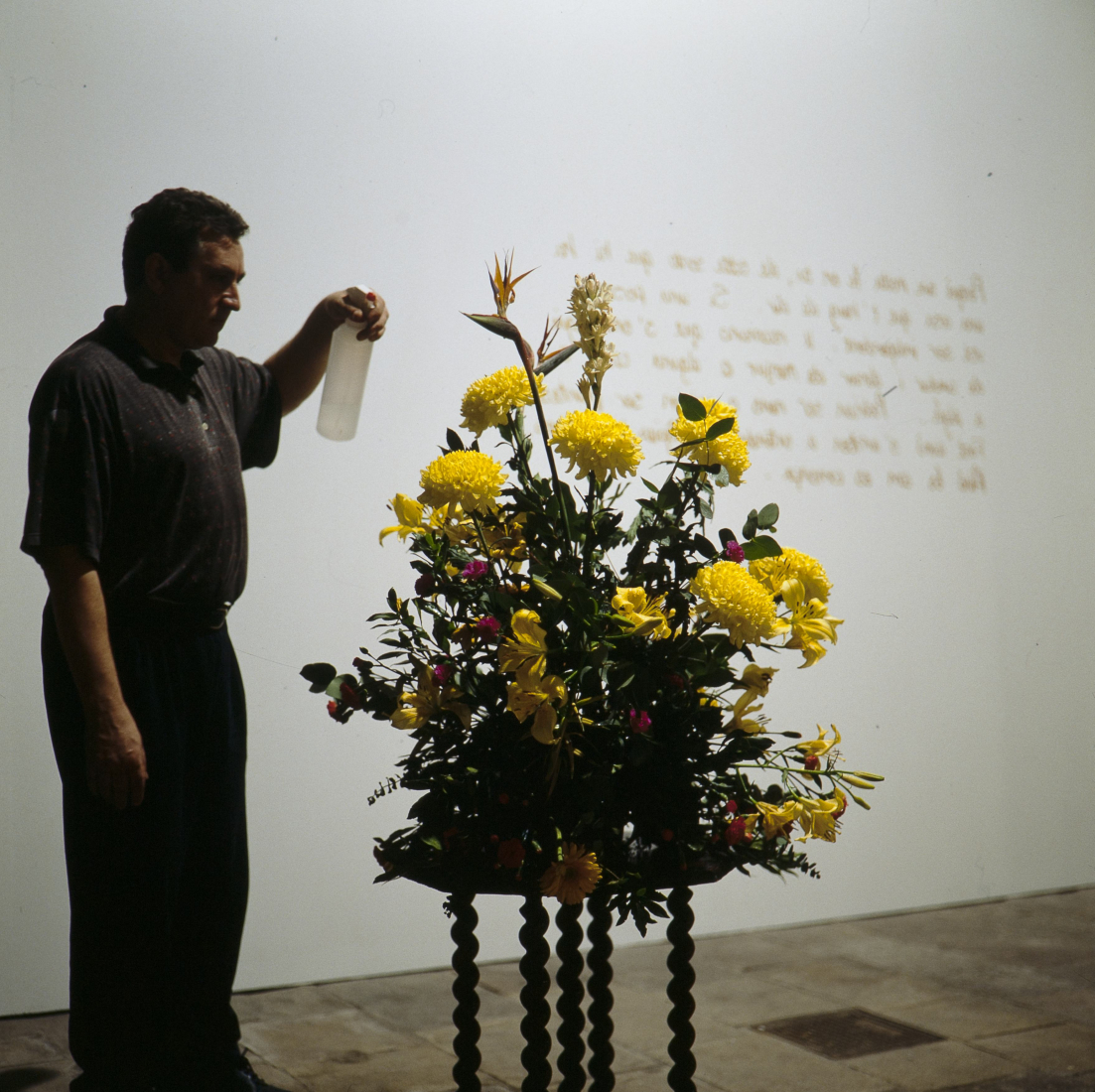Transmission
Transmission is a gallery / art space created in 1983 in Glasgow and managed voluntarily by a committee of artists living in the city. Transmission has more than 200 members, many of whom are local artists, who help to carry out projects and proposals, both in the gallery itself and elsewhere.
The objectives of Transmission are the following:
- Establish contacts and lasting links with other spaces and organizations managed by artists, which includes the promotion of an international exchange program. Up to this point, events have taken place in Arnhem (Netherlands), Bergen (Norway), Flanders (Belgium), Belfast (Northern Ireland) and in 1993-94 in Chicago (USA) and Cologne (Germany).
- Present an experimental art platform in different media, such as movies, videos, installations, performances, live music and sound shows, as well as promoting the work of lesser-known artists.
- Support the distribution of magazines and books produced by artists and small publishers.
- Establish a contact point for discussion and critical assessment of different artistic and ideological approaches to contemporary art.
The Transmission exhibition program is a meeting point for local and international artists, both those that have already been released and those who just start their career.
Iain Kettles
Glasgow, 1966
I am interested in elements of popular culture. Many of my ideas are current and are often extracted from television, movies, design, football, comics ... Many times they are quite absurd and give a superficial and humorous vision of urban life today. I like to sculpt and work on different media, from cardboard and plaster, making inflatable, until, recently, rubber foam, which is easy to model and adapts to changes in quick and immediate ideas.
Diane Main
Glasgow, 1968
<< Here there should be a picture of the
my favorite apple
It is also a nude and a bottle.
It is also a landscape.
There is nothing like dead natures >>.
Erica Jong
If I can see things again, I can see what I see every day, then I am happy.
Andrew Miller
Dartington, South Devon, 1969
Who do you care about everyday?
In the last four years I have investigated the objects and their interrelation with specific places or spaces, as all this relates to our own experiences. Sometimes, I reconstruct the works carefully, I represent them photographed or I simply expose them in their original state. Ideally the works occupy a place between the public and the private (the home situation and the gallery or the museum). I am particularly interested in the fact that the work occupies an ambiguous functional position, which is not identified immediately as a work of art or object found, to redirect the viewer to see (or to see again) the extraordinary in ordinary things Every day through the situation, the scale and the relationship.
The connection can be established for the viewer at the time of the exhibition, but also at a later time when it is available to discover it for himself.
Eva Rothschild
Dublin, 1971
<< The White Rose opened very early in the morning; I remember having waited in one of them to see how an astronaut arrived in space, I waited so long that when I did it, I no longer watched the television but a panier that ran through the tiled floor. Joan Didion to The White Album.
Losing it It happens and happens again, you arrive when it is finished, you ask how it could have been when it is already too late. This work is precisely about not losing it, it tries, of course, to be prepared for anything, to make the right decisions in the most disruptive situations. Try to touch something from afar and imagine the impact of a look or a sign. Always lurking. And, nevertheless, it will happen again, I will fall back.
Hilary Stirling
Glasgow, 1970
Recently, my work explored the relationship between the symbolism attributed to flowers both in the public and in the private sphere. At first glance, floral trimmings seem to be only decorative and / or aesthetic elements. Its ambiguity allows them to accompany festive and condolences. However, I became more aware of its symbolic and even potentially annoying references when I began to take photographs where "floral trimmings" acquired new identities and other meanings. I was also interested in how the ancient Japanese art of Ikebana had been transformed from a spiritual and aesthetic art into a purely decorative western art.
I collect images from the media where the garments have a remarkable presence in historical events. For example, when Gerry Adams gave his first press conference in Boston, he was photographed in front of an enormous garment of flowers in the building of The Guardian.
I have also begun to explore the role of floral garments in the public spaces of art galleries - perhaps a space where the visitors' commentary may be - in which these garments can be ambivalent, but they can also be They had an authority that they would not normally have.
Judith Weik
Zurich, 1969
At the moment I am interested in what surrounds art. The context in which art is exposed and the way in which the artist can ignore or take into account specific environments, lead the artwork to acquire new meanings. The location and presentation of art are also important factors for influencing and modeling the audience's attitudes towards the exposed work. Just as art can copy, interpret, react or find new realities, the spaces where it is exhibited are usually "artificial" creations. For artists, these become almost as important as the production of the work of art itself.
In a way, my work is a << deconstruction >> of the exhibition environment. I choose architectural and interior elements or objects, I use them and treat them as potential artworks. On the other hand, I contemplate space as a whole, be it fictional or real, and I consider art. By investing traditional and established values and << norms >> I hope to point out some interesting questions about the relationship between art and its environment.
Vergänglichkeit
Every practice of art can be a symptom of desire, or any work of art ends up constituting an object of desire, manifesting something more than an expansive impulse: a hypothetical certainty of thought, then, appears intimately linked to visible reasons of the body. And maybe because all art ends also to become a vestige, in remains of a step further, in remains of a no further that comes from structures and mechanisms that operate in the mind and that thus show the its residual nature and the incidences of its traffic, its passage, its ultimate desire to become a passage, as a traffic area that links the idea with what is the final object, in a powerful process of metamorphosis in which the work of art ends up becoming his own fetish, often immersed in a special substitute dynamics and pulsional mechanisms that remind us that the space of creation is based on the desire as an assumption of a lack, although perhaps momentary, and in a restructuring of materials and arguments of reality not to make them more understandable but to extract all possibilities. Beyond identity and role, beyond the strict social specification, the artwork will appear as an individual discourse anchored in strategies and personal devices, deprived of any kind of applicable functionality, a strong implantation in the structures of public thought, a domain that is permanently referenced even from a considerably privileged position of social projection. And once again, language ends up closing the episodes that are constituted in the very origin of the work of art: the power of the statement, thus, does nothing but expand the margins through which a flow flows undetectable He participates in fears and mystery, in the idea of everyday things and in the need for experimental reflexes, of matter and of the form, of the spirit and the subject, of private existence and of the public thing, At night and in the abyss, bouncing on the walls of the skull and the experience with the dissolution of self, of privacy and its social expansion, and the identity and possible transgression of gender, of the projection and brake, fears and balance, flowers and nettles, body and, ultimately, territory, last and lasting idea of the artist's stay in the world: after all, experience suitatis, the experiences of the self with himself.
Anna Estany
Igualada, 1959
Through time, everything that I experience is triggering the mechanisms of memory; What surrounds me (as a physical person) is represented in a symbolic dimension.
Carles Congost
Olot, 1970
Strange way to deceive yourself.
Lie like a person, lie as a character. Construction of a lie, necessarily, systematic, everyday and finally desperate.
Strange way of living, this, curious way to please.
Art of lies, waste of a farce. Lie as an image.
Ester Partegàs
La Garriga, 1972
I understand objects like small everyday defenses that remind us that we exist. From them I'm dying. They dilute the fragility of the presence, of the absence, they blur the space of separation, they mix the I and the others ...
There is always the fear of disassembly.
Javier Peñafiel
Zaragoza, 1964
Again the remnants, understandable only at a distance as with the protections and fear. The light that rescues a curb, also the identical power of the river of the blood contained in you, towards you. The rigor of beats, you can carefully distinguish between each other. A scandal slow




